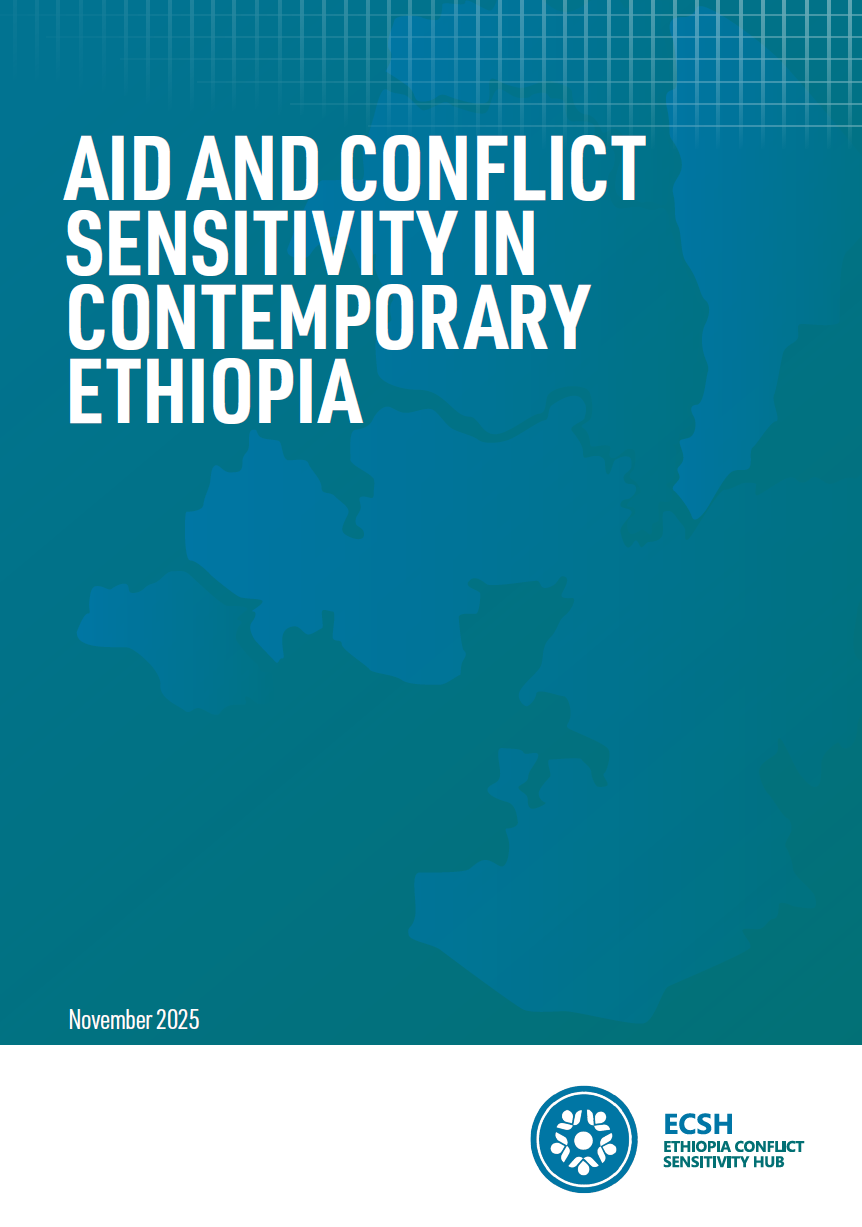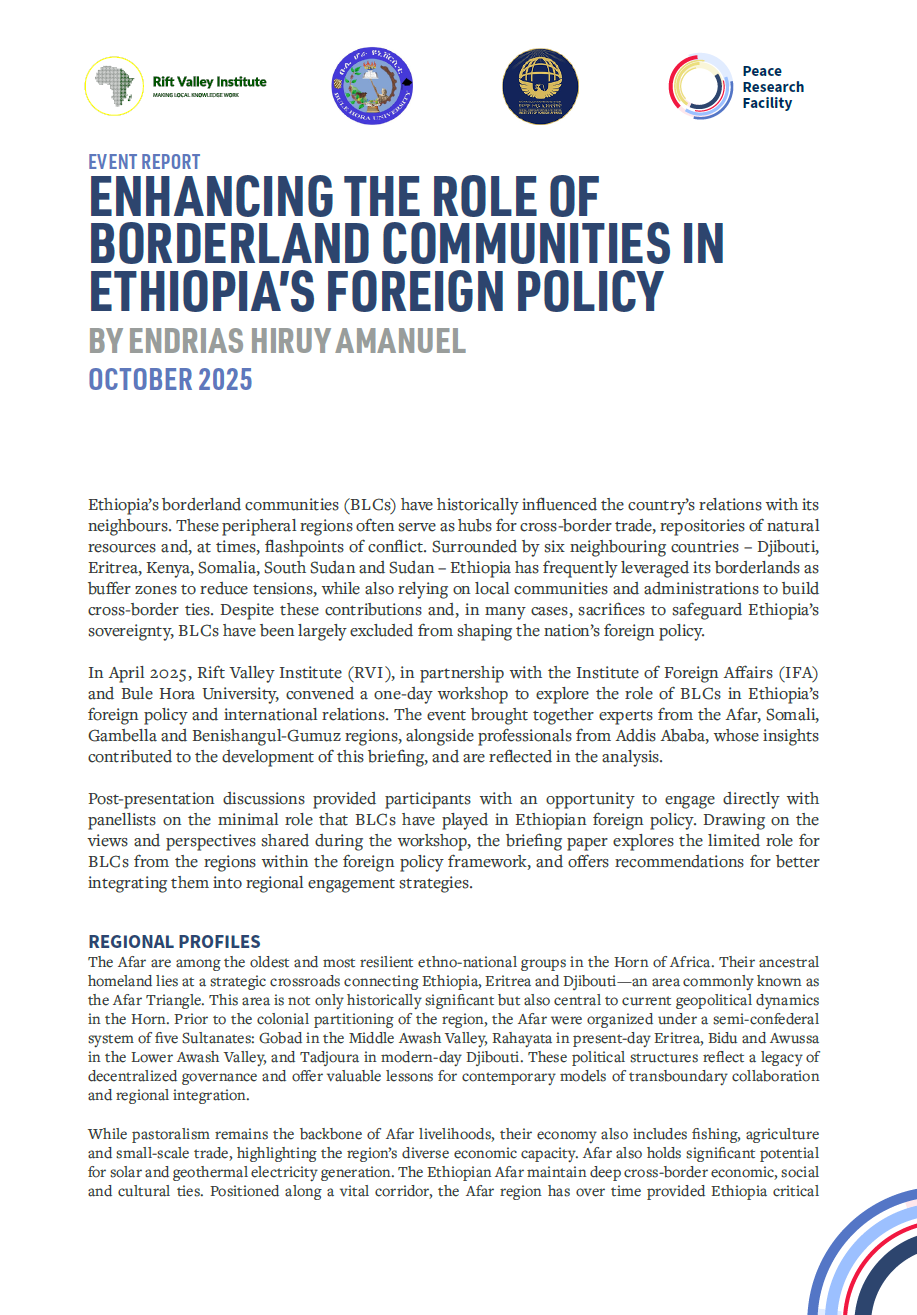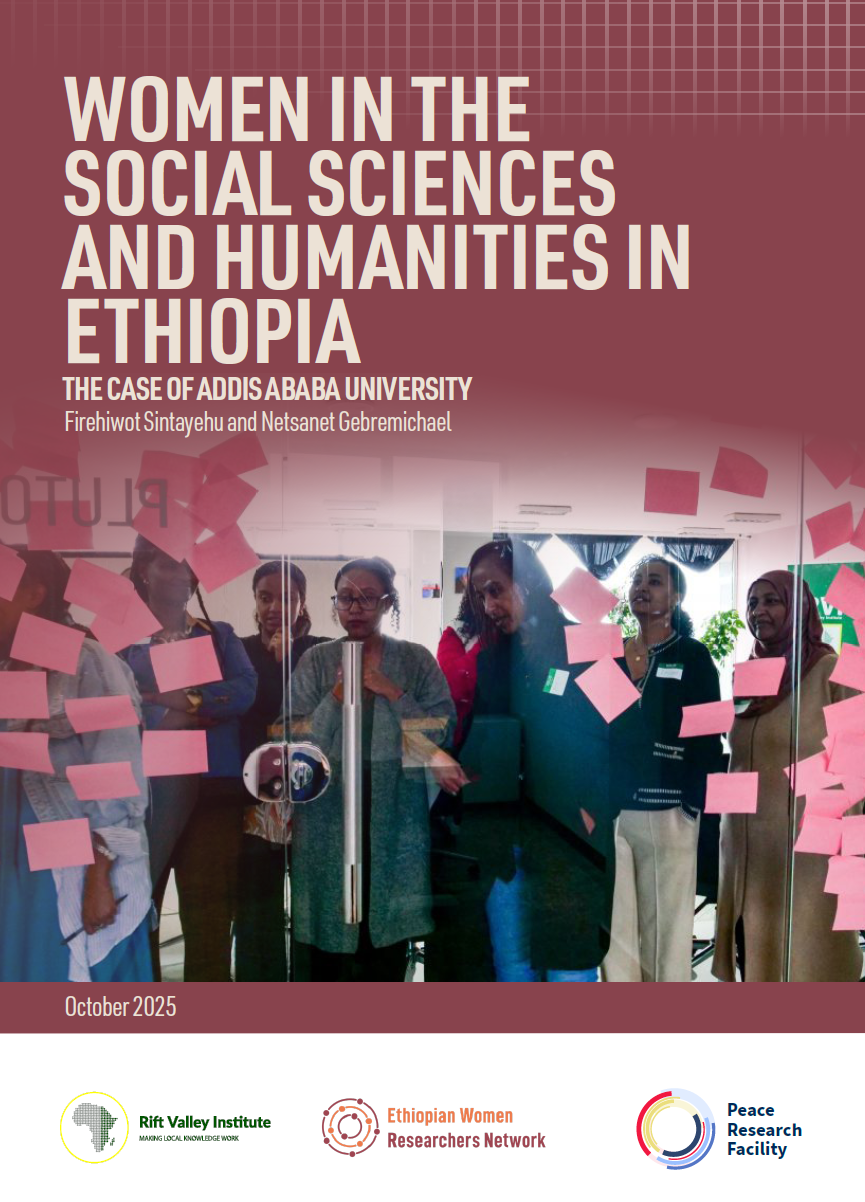Charlotte Mertens, a researcher into sexual violence in the DRC, warns that Congolese victims of rape have different ideas about the kind of help they need from those who are trying to help them. Her commentary first appeared in the Amani Itakuya essay series on peacebuilding in the eastern DRC on www.christophvogel.net.
Congolese colonial subjects have vivid memories of the grotesque and spectacular violence inflicted upon them by Europeans during Leopold’s reign of the Congo Free State: ‘Soldiers made young men kill or rape their own mother and sisters.’[1] Witnesses of events in 1953 mention sentries ‘amusing themselves while pounding the insides of women’s vaginas with sticks.’[2] These colonial forms of sexual violence are similar to the sexual atrocities that have taken place in the current conflict in eastern DRC and which have been reported on by human rights organizations and others.[3] However, today’s international humanitarian efforts occur in the midst of an almost complete lack of knowledge of this history.
When, in the 1930s, the Belgian colonial regime taught Congolese girls and women home economics and maternal hygiene in their foyers sociaux, or domestic training institutions, the ultimate goal was to ‘strive for the liberation of the indigenous woman as a beast of burden in order to give her the time and the energy to devote herself to the traditional role of wife and mother as in the civilised countries.’[4] The colonial politics of improving the status of this ‘pauvre créature/poor creature’[5] was seen as a humanitarian cause. The ‘suffering bodies’ of colonial women were used to allow the colonial regime to portray itself as the protector and saviour of native women. Obviously, much is new since the colonial times and current approaches have moved away from domesticating humanitarianism. Local NGOs, civil society actors and grassroots organizations now share the international political stage with imperial actors and others. Yet these historical repetitions should not be forgotten.
The DRC is currently seen from outside to a significant extent through a frame of sexual violence and the ‘injured bodies’[6] of Congolese women. This is the way in which the role of humanitarian organizations is made meaningful. A constant reiteration of the pain undergone by female rape victims marks the international discourse on sexual violence. Addressing sexual violence and tackling impunity are presented as central ingredients of peacebuilding in the eastern DRC. Campaigns such as Stop Rape Now (UN Action) and Stop Rape in DRC (V-Day/UNICEF) set up women as victims of the ‘dysfunctional’ culture of war. Congolese women are encouraged to claim their rights and thereby change this culture.[7] In this sense the ‘wounded’ Congolese rape victim serves as a ‘powerful metaphor’ for advancing certain western notions of gender empowerment. These notions are often at variance, however, with those of the rape victim, or survivor.[8] Interviews on the ground reveal that women survivors’ primary concern is to return to their community and to provide education, food and security for their children and other family members. These concerns are far stronger than the need for acknowledgment of the harm that has been done to them.[9]
It is important, then, to be alert about ‘redemptive projects’[10] introduced by outsiders that risk leaving the female rape victim in a state of exile in her own homeland. During my fieldwork many respondents have stressed that sexual violence destroys entire families and communities, not only women. Yet most programmes devoted to tackling gender-based violence provide relief to rape victims only.
One example is City of Joy, a centre next to Panzi Hospital supported by V-Day and Fondation Panzi that provides leadership training to women survivors of sexual violence. During the training, women and girls are taught notions of rights, psychotherapy, dance, self-defence, English and French, … [11] After graduation, according to the account published by the centre, they emerge as ‘real agents of development, human and women’s rights activists’, returning to their respective communities to become leaders of change.[12]
Undoubtedly, such programmes can be live-saving. However, the approach of taking victims out of their communities and offering them leadership training for six months has its drawbacks:
‘It creates a rupture in the life of the female victim. When she returns to her community after six months, she struggles to adapt. It reinforces stigmatisation.’ In the eyes of the community, the informant explains, she has, actually been privileged because she has been raped.
‘When returning to her village, she often endures the aggression of the other villagers who have not been raped and have not benefitted from caresse internationale (international care) but who are nevertheless equally traumatised.’[13]
The attachment to the trauma of sexual violence may thus become the basis for her identity. As a result, the rape victim risks marginalising and excluding herself from her family, community and often from her identity as a Congolese as well. The slogan of City of Joy— Transform Pain to Power—is symbolic here. By turning pain into power, the injured body of the female rape victim comes to mark a contrast between herself and the ‘empowered woman’.
Rather than offering aid to female survivors only, it may be argued, effective sexual and other forms of gender-based violence (SGBV) programming and policy must provide ‘services to husbands, children and other family members in addition to survivors of rape. Women cannot truly heal if their support networks are broken.’[14]
In this sense humanitarian organizations may be perpetuating rather then healing some of the harm that is done by sexual violence. It is time to make explicit these longer-term effects, examining their role more critically,[15] focussing more carefully on what the survivors of sexual violence themselves really want.
[1] Adam Hochschild, King Leopold’s Ghost: A Story of Greed, Terror, and Heroism in Colonial Africa (Boston: Houghton Mifflin, 1998), p. 166.
[2] Boelaert et al. quoted in Nancy Rose Hunt, ‘An Acoustic Register, Tenacious Images and Congolese Scenes of Rape and Repetition’, Cultural Antrhopology 23/2 (2008), p. 237.
[3] See Michele Kort, Eve Ensler and Christine Schuler Deschryver, ‘A Conversation with Eve Ensler: Femicide in the Congo’, Documentaries with a view. 17 September, 2007. http://www.pbs.org/pov/lumo/special_ensler.php; Jackie Martens, ‘Congo rape victims seek solace’, BBC News. 24 January, 2004. http://news.bbc.co.uk/2/hi/africa/3426273.stm.
[4] Gertrude Mianda, ‘Dans l’ombre de la “démocratie” au Zaïre: La remise en question de l’émancipation Mobutiste de la femme’, Canadian Journal of African Studies/Revue Canadienne des Etudes Africaines 29/1 (1995), p. 54. (Translated from French by author.)
[5] M. Hennebert,‘Conférence Annuaire 1907-1908 “La condition de la femme noire”’, Club Africain Anvers (1907), in Tervuren: Archives Musée Royale de l’Afrique Centrale.
[6] The term of ‘injured bodies’ and ‘wounded attachments’ is drawn from: Wendy Brown, States of Injury. Power and Freedom in Late Modernity (New Jersey: Princeton University Press, 1995).
[7] The campaign’s website can be found here: http://www.stoprapeindrc.org/index_21.html, accessed 6 December 2013.
[8] Joe Doezema, ‘Ouch!: Western Feminists’ “Wounded Attachment” to the “Third World Prostitute’’’, Feminist Review 67/1 (2001), pp. 16-38.
[9] Author’s Interview with Mamas for Africa, Bukavu, 2012.
[10] Nancy Rose Hunt, ‘An Acoustic Register, Tenacious Images and Congolese Scenes of Rape and Repetition’, Cultural Antrhopology 23/2 (2008), pp. 220-53.
[11] A six-months course to ninety female survivors is offered twice a year.
[12] Panzi Hospital, ‘40 femmes ont été formées en leadership’, Panzi in the media, 10 February, 2012. http://www.panzihospital.org/archives/617
[13] Author’s interview, Bukavu, September 2012.
[14] Jocelyn Kelly et al., ‘Hope for the Future Again’: Tracing the effects of sexual violence and conflict on families and communities in eastern Democratic Republic of the Congo’ (Harvard Humanitarian Initiative, April 2011). http://hhi.harvard.edu/sites/default/files/publications/publications%20-%20women%20-%20hope.pdf
[15] Dicle Kogacioglu, ‘The Tradition Effect: Framing Honor Crimes in Turkey’, Differences: A Journal of Feminist Cultural Studies 15/2 (2004), pp. 118-51.



